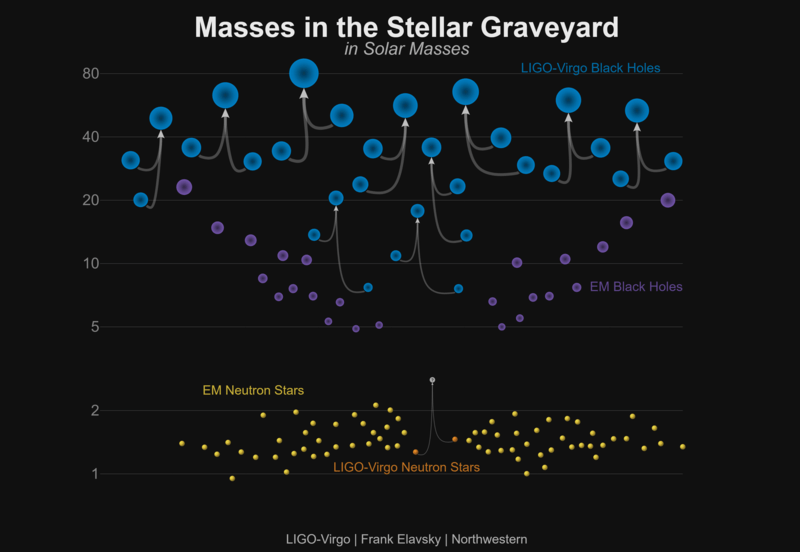On February 11th, 2016, scientists at the Laser Interferometer Gravitational-wave Observatory (LIGO) made history when they announced the first-ever detection of gravitational waves (GWs). Since that time, multiple detections have taken place and scientific collaborations between observatories – like Advanced LIGO and Advanced Virgo – are allowing for unprecedented levels of sensitivity and data sharing.
Previously, seven such events had been confirmed, six of which were caused by the mergers of binary black holes (BBH) and one by the merger of a binary neutron star. But on Saturday, Dec. 1st, a team of scientists the LIGO Scientific Collaboration (LSC) and Virgo Collaboration presented new results that indicated the discovery of four more gravitational wave events. This brings the total number of GW events detected in the last three years to eleven.

